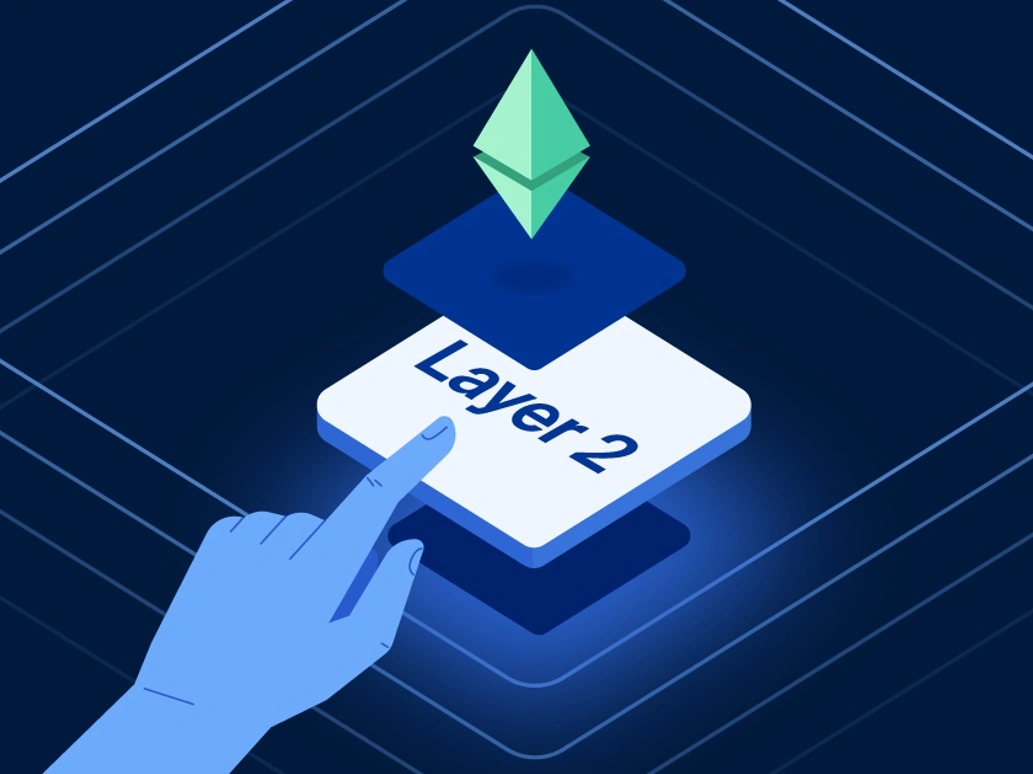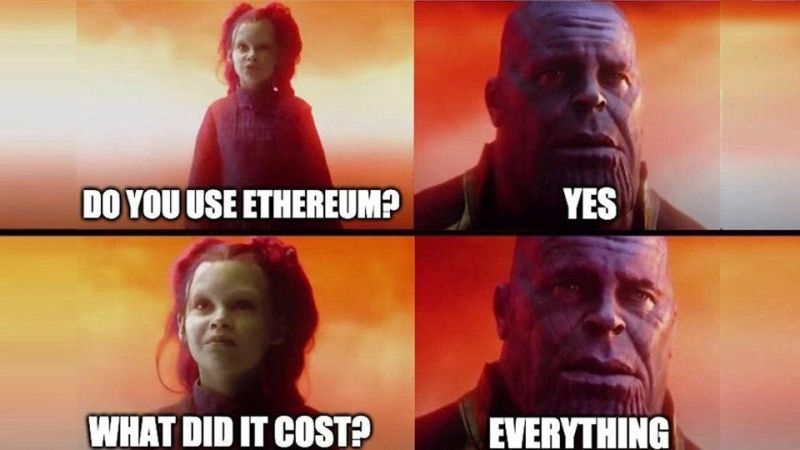Why Layer 2?
 THIRUMURUGAN SIVALINGAM
THIRUMURUGAN SIVALINGAM
Imagine trying to send money across the globe using Bitcoin or Ethereum, only to be hit with high fees and waiting hours for the transaction to go through. As blockchain networks gain users and applications, these issues become more common.

This is where Layer 2 blockchain steps in, offering solutions that address scalability problems without compromising on decentralization or security. In this blog, we’ll break down what Layer 2 blockchain is, why it’s necessary, and the most popular Layer 2 solutions that are already shaping the future of blockchain.
What is Layer 2 Blockchain?
Layer 2 blockchain refers to secondary frameworks or protocols built on top of an existing Layer 1 blockchain, like Ethereum or Bitcoin. While Layer 1 handles the foundational processes—such as consensus and security—Layer 2 operates to improve transaction throughput, reduce fees, and optimize overall network efficiency. Rather than overloading the base blockchain, Layer 2 takes some of the transaction processing off-chain, increasing the capacity for the number of transactions per second (TPS).
In simple terms: Layer 2 solutions aim to make blockchain networks faster, cheaper, and more scalable while keeping the security backbone of the underlying Layer 1 intact.
Why Do We Need Layer 2 Solutions?
Scalability Issues: High network traffic slows transactions and spikes fees, especially during DeFi booms. Layer 2 offloads this congestion, keeping things moving smoothly.
Cost Efficiency: High fees make small transactions like gaming microtransactions impractical. Layer 2 slashes fees, making frequent, tiny transactions affordable again.
Faster Transactions: Waiting for confirmations on NFTs or DeFi platforms is a hassle. Layer 2 speeds things up with near-instant confirmations.
Increased Throughput: Bitcoin handles 7 TPS, Ethereum around 30—Visa does thousands. Layer 2 can help blockchain catch up, or even surpass, these numbers.
Popular Layer 2 Solutions
Let’s explore some of the most effective Layer 2 solutions available today:
Channels: These allow participants to execute numerous off-chain transactions and settle only the final transaction on the main chain, significantly reducing the number of on-chain operations. This technology is most famously applied in the Lightning Network for Bitcoin, which enables near-instant payments. Ethereum’s Raiden Network applies similar principles, making it a vital tool for scaling on the Ethereum network.
Rollups: Rollups combine multiple transactions into one, reducing the computational load on the main chain.
- Optimistic Rollups assume that transactions are valid by default and only perform verification in case of disputes, making them faster but requiring longer settlement times.

ZK-Rollups (Zero-Knowledge Rollups) compress the data and validate transactions off-chain using cryptographic proofs. This method offers both high security and speed, and it is a prominent solution being integrated by Ethereum scaling projects like StarkWare and zkSync.

Plasma: Plasma provides a framework for creating smaller, secondary chains (or child chains) that process transactions independently of the main chain. These child chains periodically publish their final state to the Ethereum main chain, ensuring the integrity of transactions. OMG Network uses this Plasma framework to scale Ethereum transactions.
Sidechains: These are entirely independent blockchains that run in parallel to the main chain, offering flexibility in terms of consensus and governance. One of the most widely adopted examples is Polygon, which allows developers to build scalable and interoperable blockchain applications while benefiting from Ethereum’s security.
![What is a Layer 2 Blockchain & Which is Best? [2023]](https://blog.thirdweb.com/content/images/2023/06/Ethereum-Layer-2-Ecosystem---L2-Landscape-Map-by-thirdweb-3.png)
Challenges and Considerations
Layer 2 technology comes with numerous advantages but is not without its challenges:
Security Risks: Some Layer 2 solutions require locking assets in smart contracts, creating an additional layer of risk, as vulnerabilities in the Layer 2 protocol could lead to funds being exploited.
Complexity: For many users, navigating the process of moving assets from Layer 1 to Layer 2 (and back) can be cumbersome. This friction is a significant barrier to adoption for non-technical users.
Interoperability: A smooth user experience requires that Layer 2 solutions seamlessly integrate with Layer 1. Developers are continually working to enhance compatibility, but moving assets across different layers still requires a careful design to ensure consistency and security.
The Future of Layer 2 Blockchain
As the demand for dApps and digital assets increases, the need for scalable blockchain solutions will only grow. Layer 2 technology is not just a temporary fix—it’s a long-term solution that will enable blockchain to handle mass adoption. New protocols, such as those combining AI with Layer 2 scaling or integrating decentralized identity solutions, are already on the horizon, and the continued refinement of Layer 2 will likely influence regulatory frameworks and institutional involvement in the blockchain space.
References:
https://chain.link/education-hub/what-is-layer-2
https://chain.link/education/zero-knowledge-proof-zkp
Subscribe to my newsletter
Read articles from THIRUMURUGAN SIVALINGAM directly inside your inbox. Subscribe to the newsletter, and don't miss out.
Written by

THIRUMURUGAN SIVALINGAM
THIRUMURUGAN SIVALINGAM
Won 15+ Web3 Hackathon. Development Lead at Ultimate Digits. DevRel trying to improve Developer Experience. Loves teaching web3.